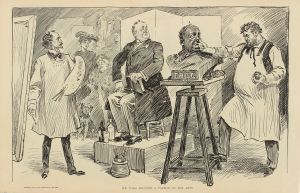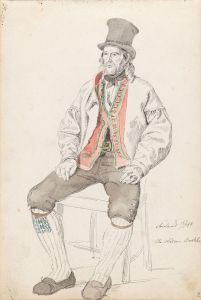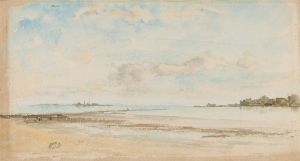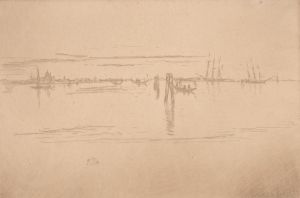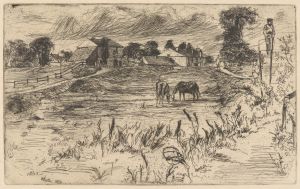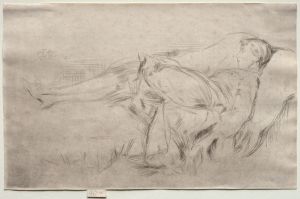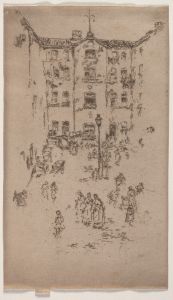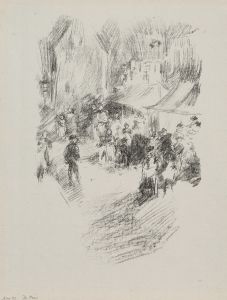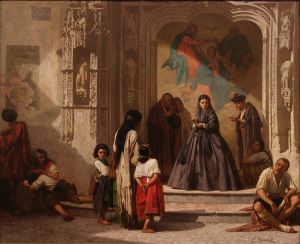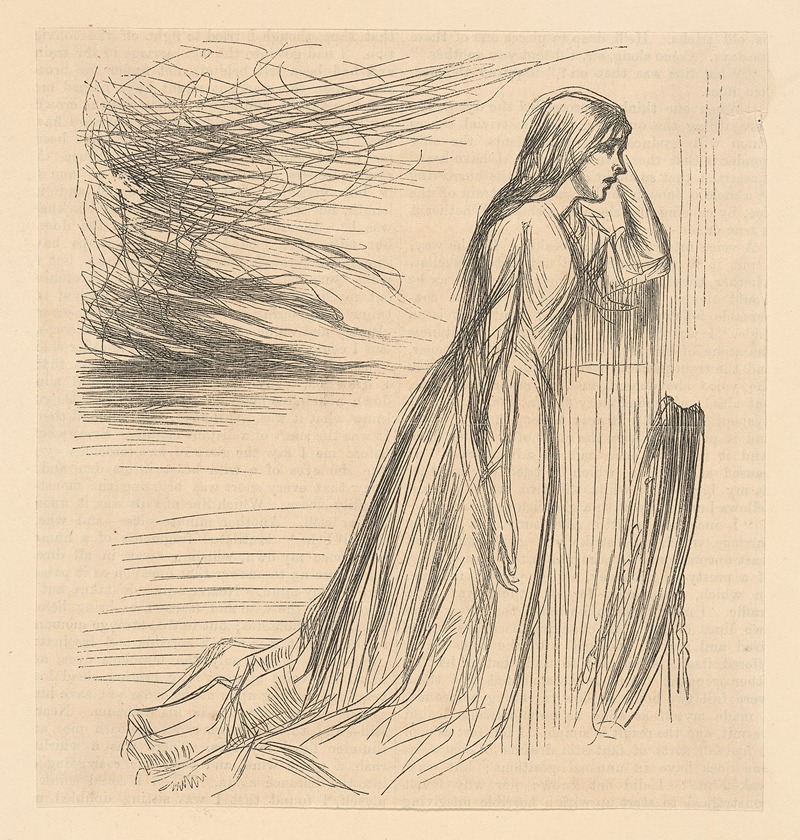
The Relief Fund in Lancashire
A hand-painted replica of James Abbott McNeill Whistler’s masterpiece The Relief Fund in Lancashire, meticulously crafted by professional artists to capture the true essence of the original. Each piece is created with museum-quality canvas and rare mineral pigments, carefully painted by experienced artists with delicate brushstrokes and rich, layered colors to perfectly recreate the texture of the original artwork. Unlike machine-printed reproductions, this hand-painted version brings the painting to life, infused with the artist’s emotions and skill in every stroke. Whether for personal collection or home decoration, it instantly elevates the artistic atmosphere of any space.
James Abbott McNeill Whistler, an American artist active during the late 19th century, is renowned for his contributions to the art world, particularly in the realms of painting and etching. One of his notable works is "The Relief Fund in Lancashire," which reflects his distinctive style and artistic approach.
"The Relief Fund in Lancashire" was created during a period when Whistler was deeply involved in the social and cultural issues of his time. The painting is associated with the Lancashire Cotton Famine, a severe economic crisis that struck the cotton industry in Lancashire, England, during the American Civil War (1861-1865). The blockade of Southern ports by the Union Navy led to a significant shortage of raw cotton, which was a critical resource for the Lancashire textile mills. This shortage caused widespread unemployment and hardship among the mill workers and their families.
Whistler's painting captures the essence of this period, portraying the impact of the cotton famine on the local population. The artwork is characterized by Whistler's typical use of subdued color palettes and his focus on atmospheric effects, which convey the somber mood of the time. The figures in the painting are depicted with a sense of dignity and resilience, despite their evident suffering.
Whistler's approach to this subject matter is consistent with his broader artistic philosophy, which emphasized the importance of mood and composition over detailed narrative. His works often sought to evoke an emotional response from the viewer, rather than simply depicting a scene or telling a story. In "The Relief Fund in Lancashire," this approach is evident in the way he uses light and shadow to create a poignant atmosphere.
The painting also reflects Whistler's interest in social issues and his empathy for the working class. Although he is often associated with the Aesthetic Movement, which prioritized beauty and artistic expression over social commentary, "The Relief Fund in Lancashire" demonstrates that Whistler was not indifferent to the struggles of ordinary people. His ability to capture the human condition with sensitivity and nuance is one of the reasons why his work continues to be celebrated today.
In addition to its artistic merits, "The Relief Fund in Lancashire" serves as a historical document, providing insight into the economic and social challenges faced by the people of Lancashire during the cotton famine. It stands as a testament to Whistler's skill as an artist and his capacity to engage with the world around him through his art.
Overall, "The Relief Fund in Lancashire" is a significant work in Whistler's oeuvre, exemplifying his mastery of technique and his commitment to capturing the essence of his subjects. It remains an important piece for both its artistic value and its historical context, offering viewers a glimpse into a pivotal moment in 19th-century British history.






